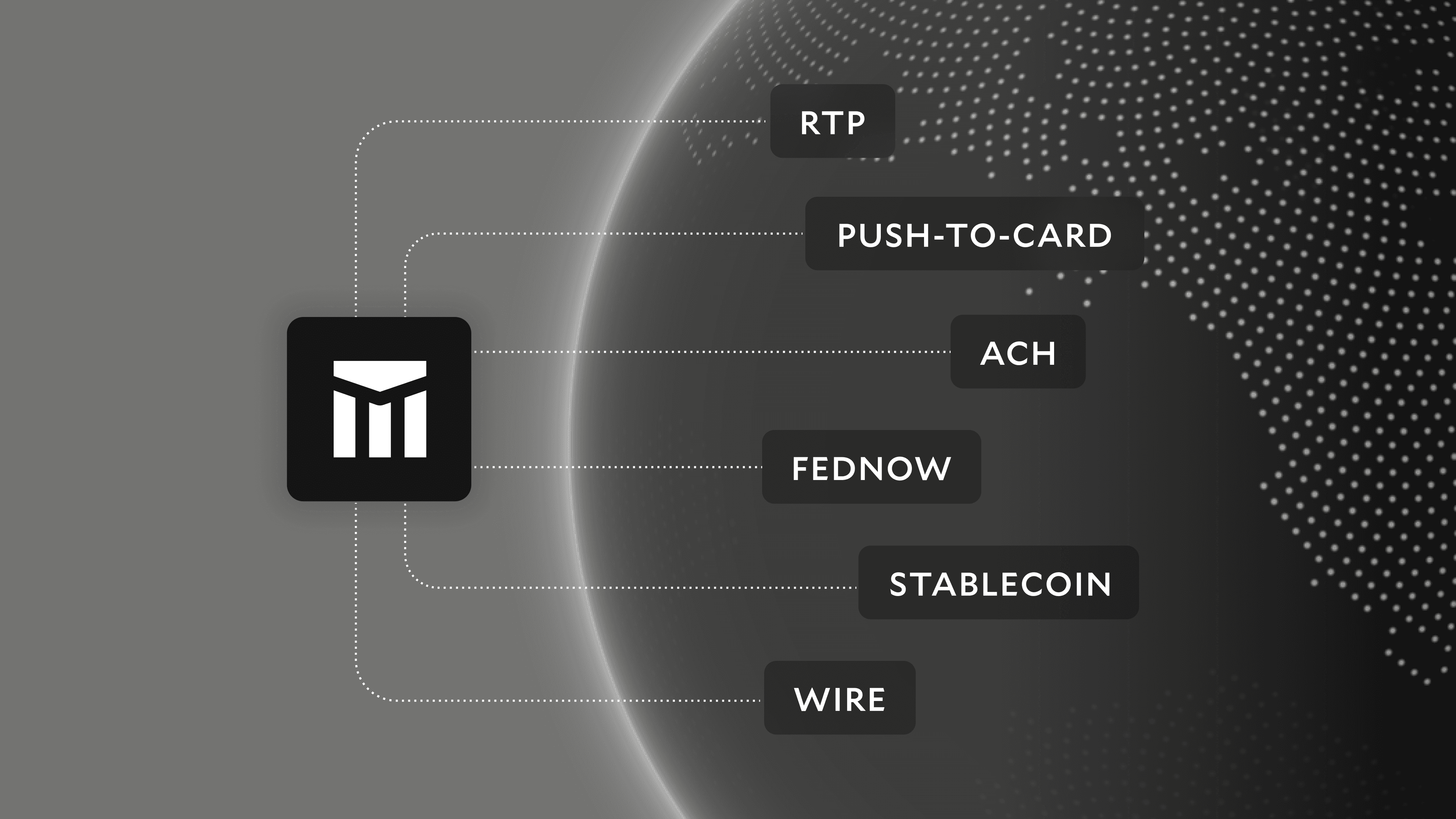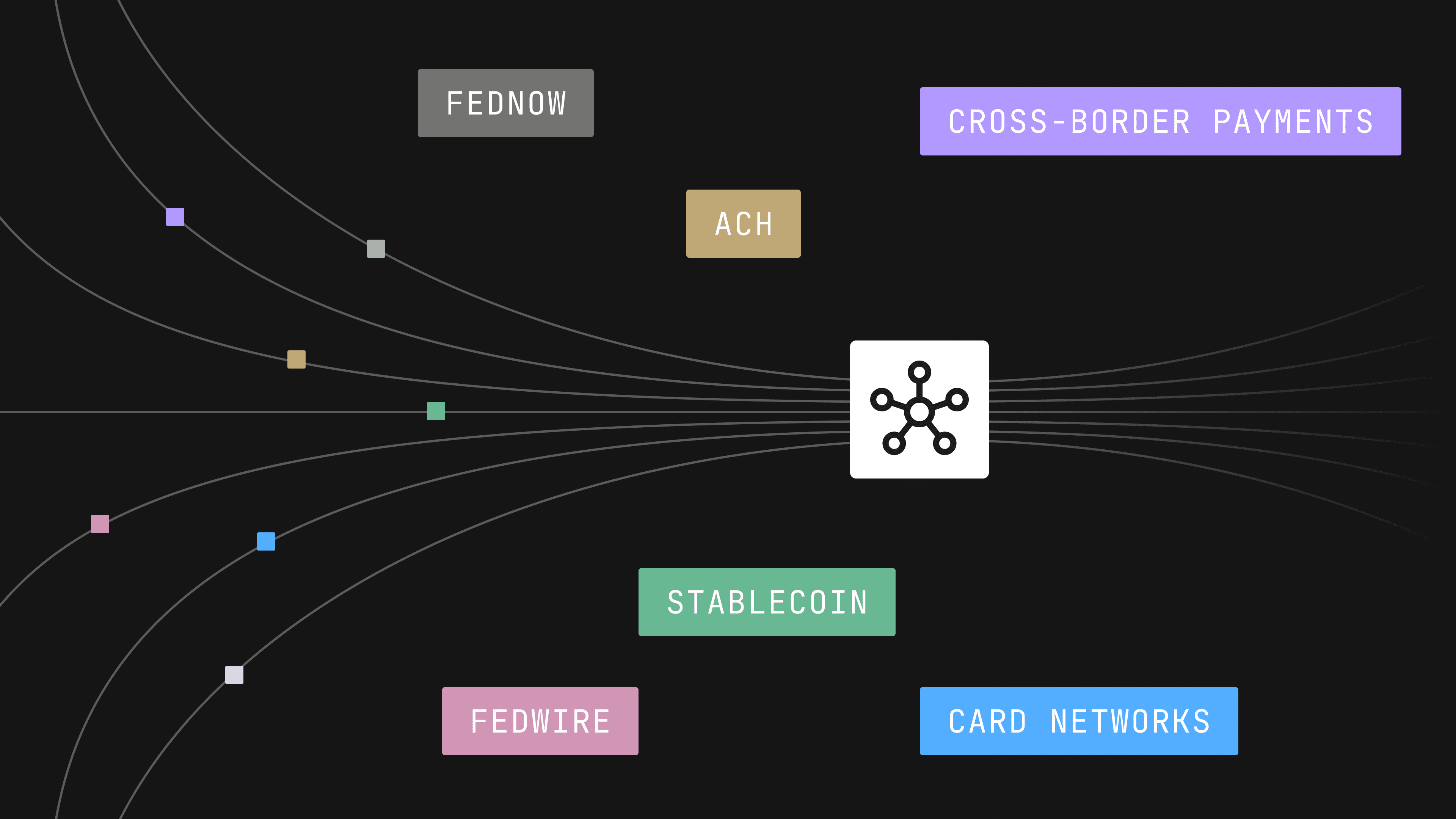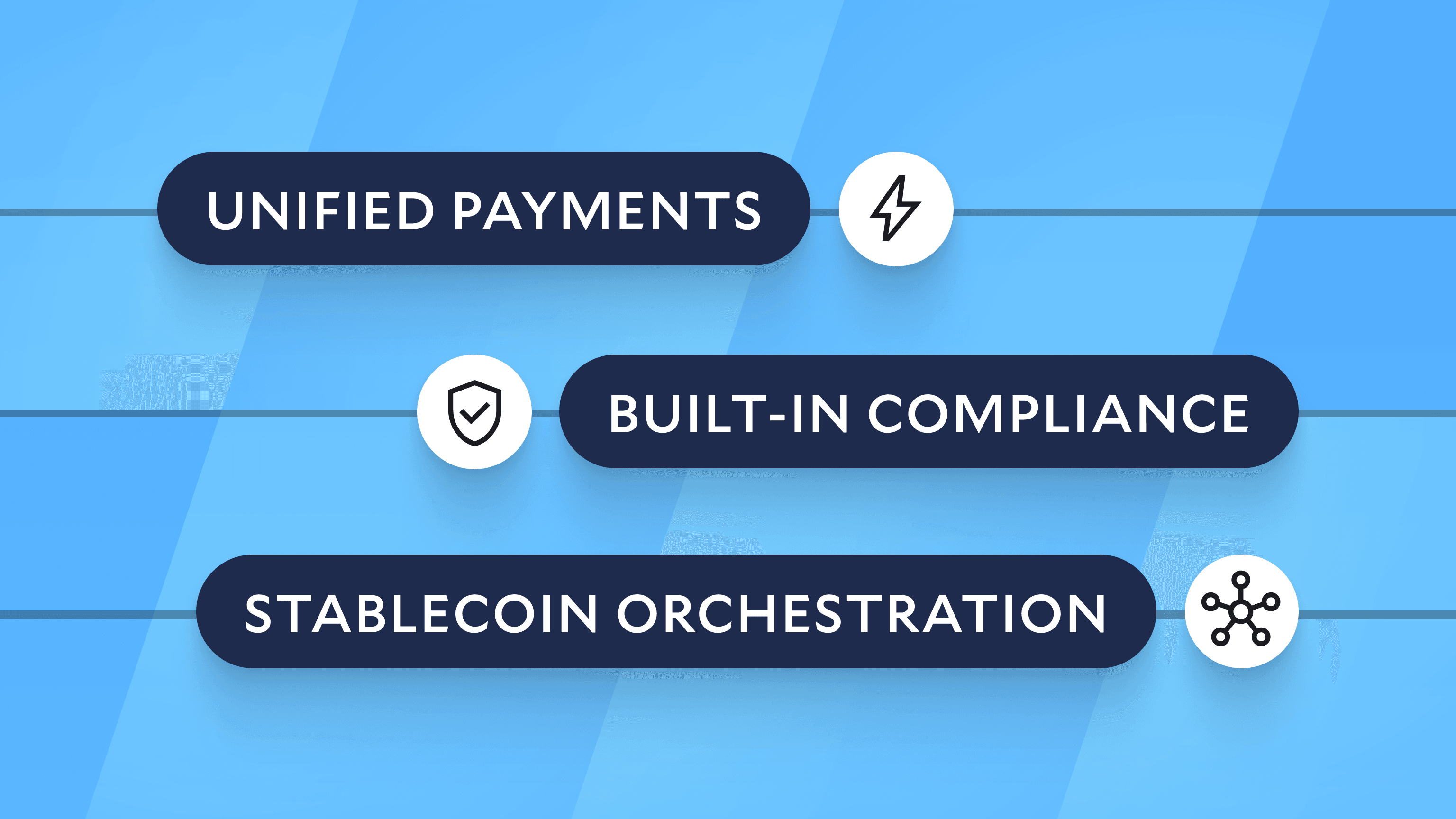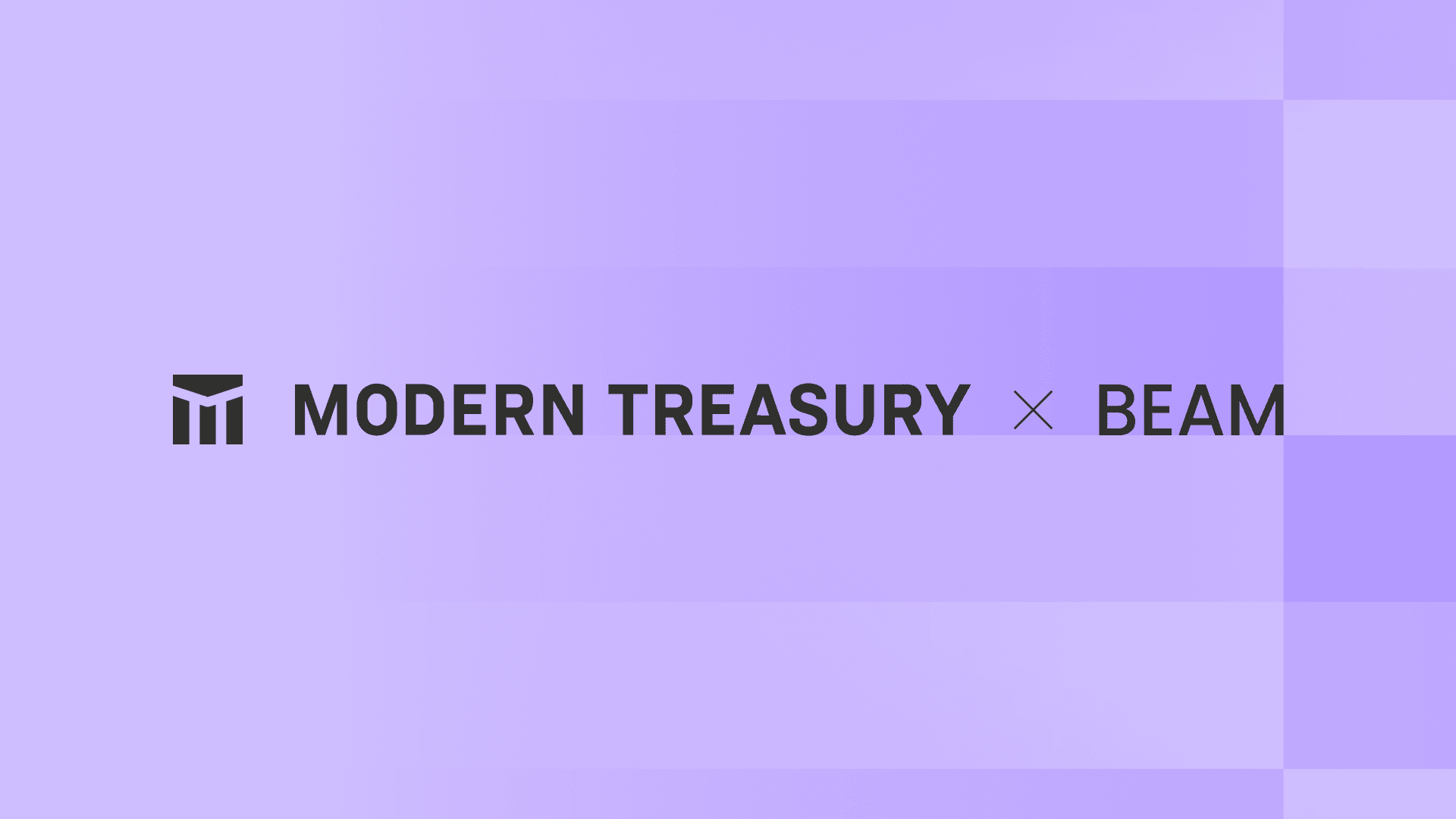Modern Treasury and Paxos Make It Easier for Businesses to Move Money with Stablecoins.Learn more →
Transaction Tagging: Transforming Raw Bank Data Into Real Insights
Modern Treasury's Transaction Tagging feature automatically transforms cryptic bank transaction data into meaningful business insights, helping payment operations teams make strategic real-time decisions.

Modern Treasury provides real-time payment operations software built for the instant economy—a world where money moves at the speed of information and businesses need to keep pace. In this environment, payment operations teams are drowning in data but starving for insights. They struggle to connect raw bank data (which often looks like cryptic code) to what's actually happening in their business.
The challenge becomes evident when teams receive hundreds or thousands of transactions daily, each with obscure descriptions like "ACH CREDIT 9876543210" or "WIRE IN 75830-752." These cryptic entries provide little immediate business context, making it difficult to quickly understand payment flows and financial positions.
This is where Modern Treasury's Transaction Tagging feature comes in. It acts as a translator between confusing bank data and meaningful business context by automatically tagging transactions based on rules you create. By eliminating manual spreadsheet work and reducing human error, Transaction Tagging transforms your payment data into a strategic asset that supports real-time decision-making.
Challenges Working With Bank Data
Companies face significant operational challenges when attempting to derive meaningful insights from their payment data. The current methods employed by most organizations rely heavily on manual processes that are both inefficient and prone to errors.
Transaction data received from financial institutions typically contains minimal descriptive information, often formatted inconsistently across different banking systems. Finance teams have to interpret these obscure entries and connect them to relevant business information—mapping transactions to the appropriate GL accounts, identifying different vendor payment categories, and analyzing fee structures.
The traditional tools used for this data enrichment process have limitations. Maintaining category definitions in separate spreadsheets leads to versioning issues and inconsistencies as transaction volumes increase. Complex spreadsheet formulas created for data manipulation are susceptible to human error. Additionally, relying on IT or Data teams to assist with routine reporting creates bottlenecks that delay critical financial insights.
These inefficiencies result in extended reporting timelines, data quality issues, and resource allocation challenges during critical periods when accuracy and speed are paramount.
A Systematic Approach to Data Enrichment
Transaction Tagging addresses these challenges through a structured framework that centralizes and automates the data enrichment process.
The system allows organizations to establish standardized rules for transaction classification that are applied consistently across all payment data. Rather than relying on distributed manual processes, Transaction Tagging creates a single source of truth for how transactions should be interpreted and categorized.
Flexibility is a key component of the system design. Organizations can implement categorization at various stages of the payment lifecycle—either as transactions are received for real-time visibility or during reconciliation. This adaptability ensures the solution can be tailored to specific operational requirements without disrupting established workflows.
For governance purposes, the system incorporates comprehensive audit capabilities and approval mechanisms. Each modification to categorization rules is documented with user attribution and timestamp information, creating an audit trail that supports compliance requirements. The structured approval workflow prevents unauthorized changes, maintaining data integrity throughout the organization.
Transaction Tagging effectively transforms unstructured financial data into organized, consistent information ready for analysis and decision-making.
Richer Insights Unlock Real Value
Transaction Tagging can deliver substantial operational and strategic benefits across multiple financial functions.
For accounting departments, automating transaction tagging accelerates journal entry creation. By attaching the appropriate GL codes to transactions automatically, the system reduces manual data preparation time and improves the efficiency of period-end closing procedures. Since metadata is created through rules that have already been approved, data integrity is preserved. Teams can benefit from more concise manual reviews, knowing that there is more accurate tagging.
Treasury teams benefit from enhanced cash flow analysis capabilities. With transactions \categorized according to relevant business dimensions, patterns and trends become more readily apparent, supporting more accurate cash forecasting and analysis into operating trends.
The system also improves visibility into non-reconcilable transactions such as bank fees and charges. By properly categorizing these often-overlooked expenses, organizations can monitor them effectively, identify anomalies, and gather appropriate documentation for banking relationship management.
Forward-thinking organizations are already realizing these benefits. Parafin, a financial technology company, has integrated Transaction Tagging into their financial operations. According to John Quine, Head of Accounting at Parafin: "Transaction categorization offers a ton of leverage for our team as we continue to streamline how we're generating cash journal entries today and piping that data into NetSuite. We're moving towards migrating to Ledgers more for internal accounting use cases."
This real-world implementation demonstrates how systematic transaction tagging can help optimize financial operations and deliver measurable efficiency improvements.
Read more about how Parafin uses Modern Treasury here.
The Future of Finance
In today's fast-paced financial landscape, Modern Treasury's Transaction Tagging transforms raw bank data into strategic insights by eliminating manual processes and enriching payment information with crucial business context. If you're interested in getting quick value out of your bank data, get in touch.







